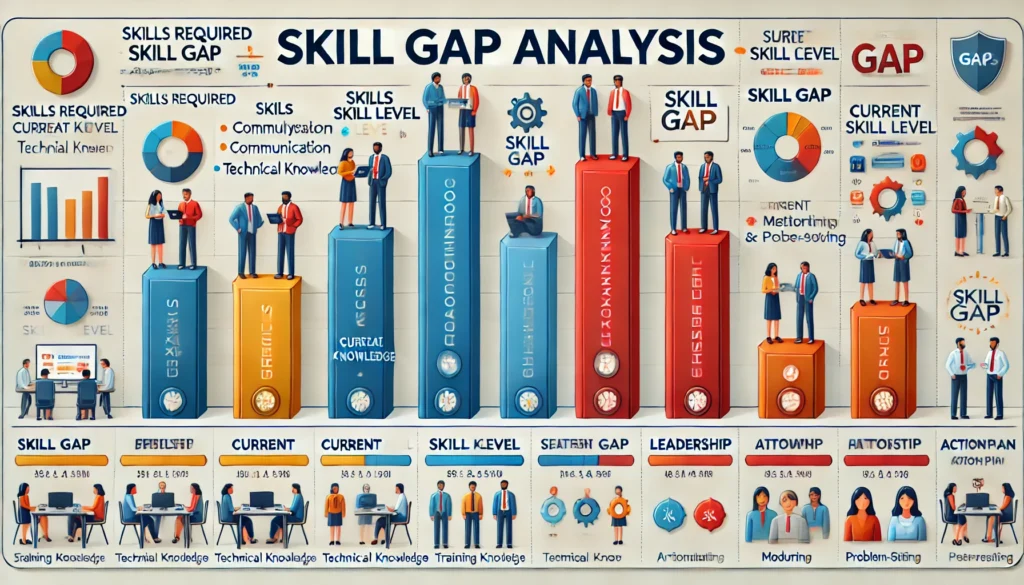HR Learning of the Day Career Plateau

A career plateau refers to a stage in an individual’s professional journey where the possibility of upward progression becomes limited or ceases altogether. This can be due to organizational constraints, personal choices, or a mismatch between skills and available opportunities. The term emerged from organizational psychology and human resource management research in the late 20th century, emphasizing challenges in employee motivation and retention when growth opportunities are perceived as stagnant.
Key Features:
- Structural Plateau: Occurs when there are no higher positions available within the organization due to limited hierarchical opportunities.
- Content Plateau: Arises when an employee’s current role becomes monotonous or lacks challenging tasks, leading to stagnation in skill development.
- Personal Plateau: Results from an individual’s decision to prioritize stability over ambition or their inability to qualify for higher roles due to skill gaps.
Implications in HR and Organizations:
- Employee Engagement: Employees experiencing career plateaus often exhibit lower motivation and productivity.
- Retention Challenges: Stagnation may lead to increased turnover as employees seek growth opportunities elsewhere.
- Skill Development: Organizations might struggle to align employee capabilities with evolving business needs if stagnation persists.
- Succession Planning: A plateaued workforce could hinder leadership pipeline development.
HR Strategies to Address Career Plateaus:
- Training and Development: Offer reskilling or upskilling programs to expand employee capabilities.
- Job Enrichment: Redesign roles to include diverse and challenging tasks.
- Career Pathing: Create alternative growth paths, such as lateral moves or project-based leadership roles.
- Performance Feedback: Regularly communicate with employees to understand their aspirations and address barriers to progression.
Conclusion:
Career plateaus are a natural part of many professional journeys but can pose significant challenges for both individuals and organizations. Addressing these plateaus proactively through strategies like upskilling, job enrichment, and open communication fosters a culture of continuous growth. For employees, it’s a chance to reassess goals and reignite passion for their careers. For organizations, it’s an opportunity to retain talent, build adaptability, and ensure sustained success. Recognizing and addressing career plateaus turns stagnation into a springboard for future opportunities.






Responses